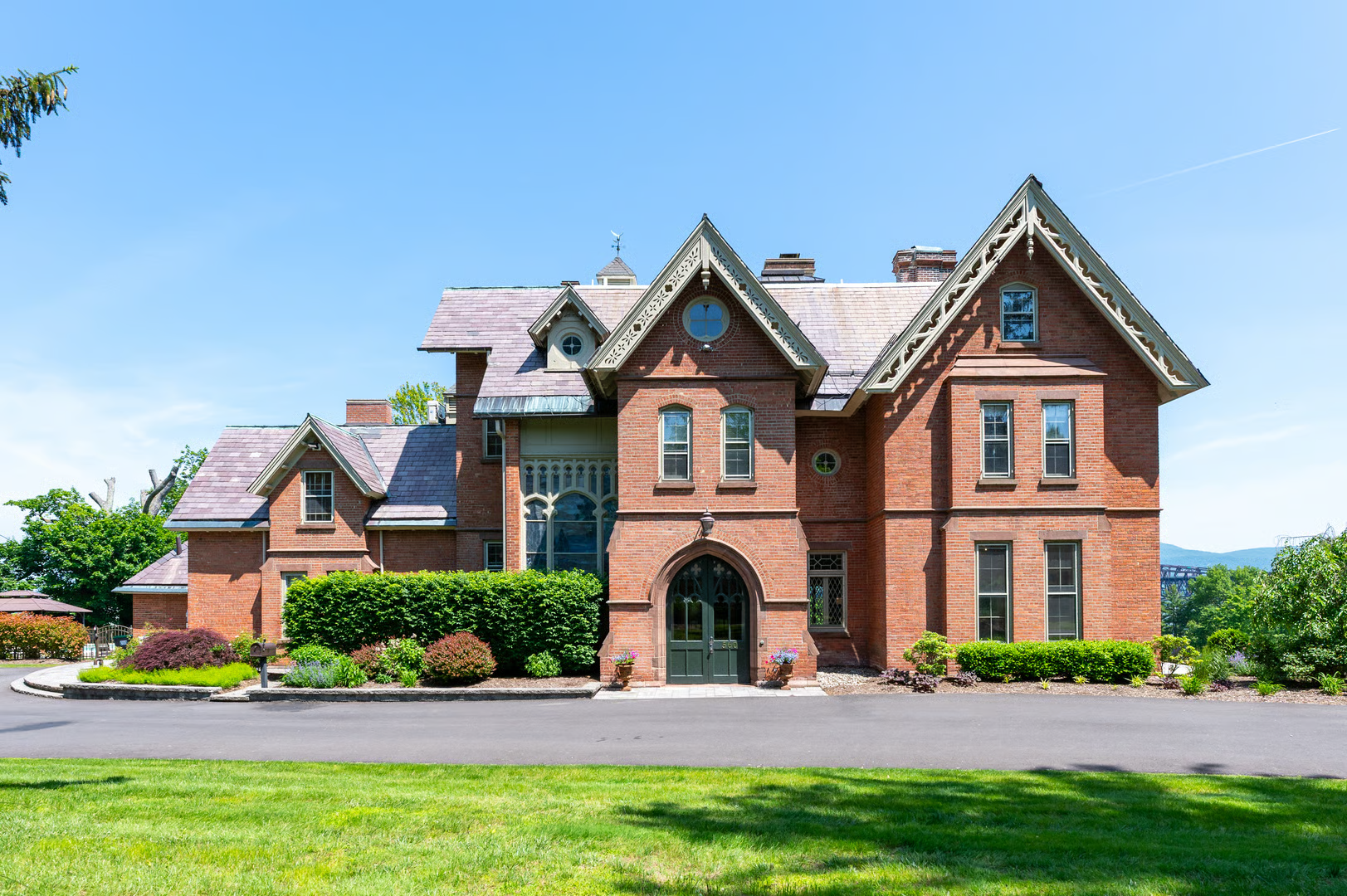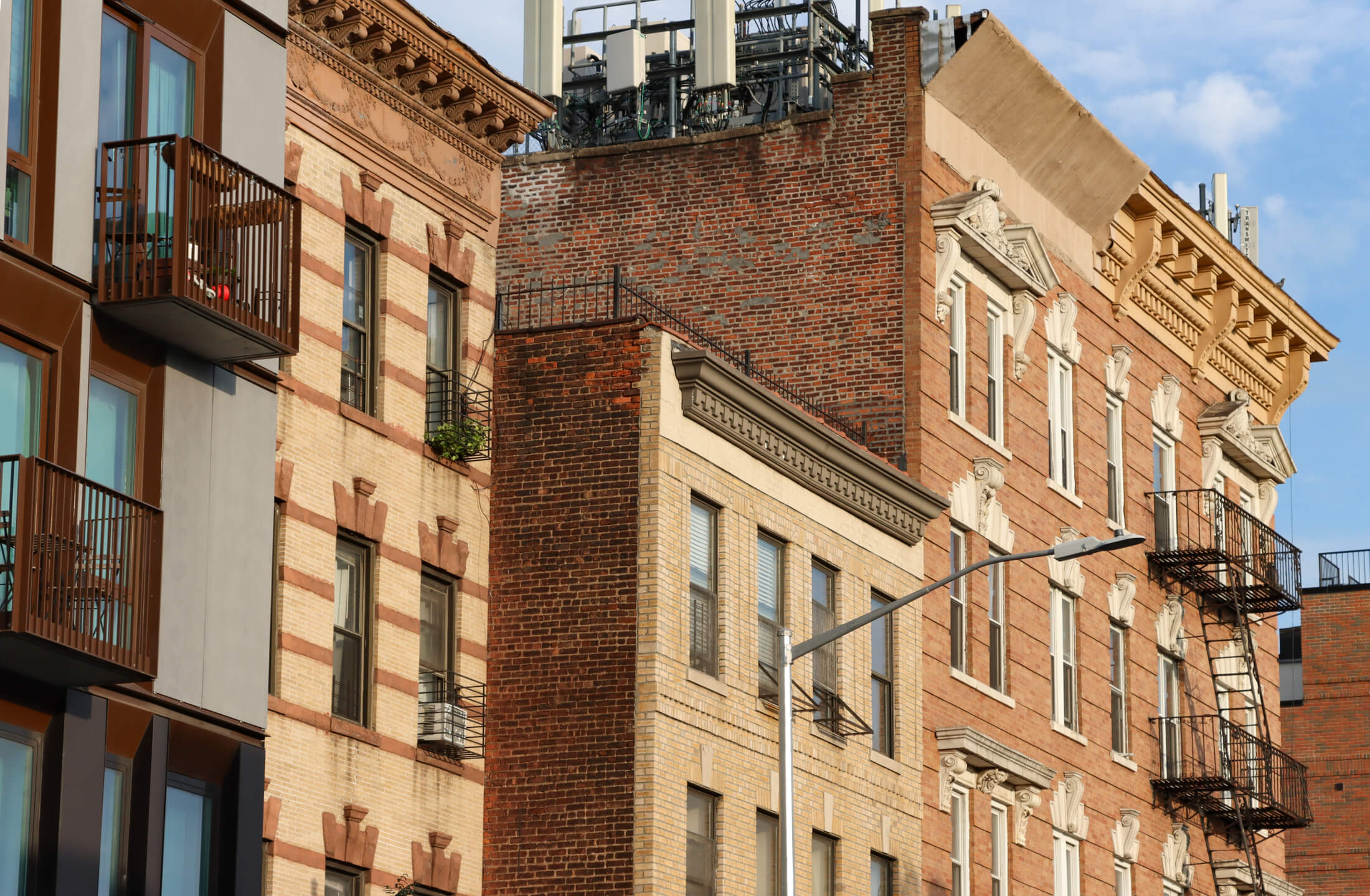Three Brooklyn Projects Receive State Financing
541 units of affordable housing will be created in Dumbo and Downtown Brooklyn as part of a financing package from the state, reports the Brooklyn Eagle. Specifically, 388 Bridge Street, which has been mired in environmental issues for the last year and a half, received $94.6 million in financing; 47 of the 234 units will…


541 units of affordable housing will be created in Dumbo and Downtown Brooklyn as part of a financing package from the state, reports the Brooklyn Eagle. Specifically, 388 Bridge Street, which has been mired in environmental issues for the last year and a half, received $94.6 million in financing; 47 of the 234 units will be set aside as affordable. 25 Washington, the Two Trees conversion in Dumbo, got $22.2 million and as part of the deal will make 21 out of 106 units affordable. Finally, 29 Flatbush, a 333-unit, 44-story multifamily apartment building, received $99 million and will make 67 units affordable. The package comes from the New York State Homes and Community Renewal which aims to decrease red tape, increase the efficiency of housing projects while reducing costs.
State Funding for Three Brooklyn Devos [Brooklyn Eagle]





One more point (sorry, I’m on a tear today):
Montrose, yesterday you featured an affordable rowhouse, and gave it your blessing (hence my joke above). I call bull$hit on these projects.
Let’s do some math. One can go to any of the outer reaches of the borough, in a diverse set of neighborhoods – from Canarsie to Bensonhurst, and find new, 3-family homes selling for about $800,000. That $270,000 to provision a 3 bedroom apartment.
That’s pretty affordable to me. You would think the state and city would be providing financing and incentives for modest-income folks to live there. Not to be. Why? a number of reasons:
-no riboon-cutting for the politicians;
-no sweetheart-financing for big developers;
-last, but certainly not least, the 3-family homes I discuss above are – gasp!!! – FEDDERS!!!!! Well we can’t have enlightened folks financing these things, can we?! Wouldn’t make it to BOTD.
Sort of off topic, but how do they define affordable in these cases? Is it based on the neighborhood in which it’s located, or nation(city? state?)-wide numbers?
“The fact is that the state lends “x” amount of dollars (which, as Scott says, puts the taxpayers at risk) so that “y” number of affordable units are created.”
it’s not just affordable units are being created, but also unaffordable units.
oops, did I say unaffordable. I meant market rate. But same thing.
Montrose;
It really is moot whether the financing is for the entire development or just the affordable portion of it. The fact is that the state lends “x” amount of dollars (which, as Scott says, puts the taxpayers at risk) so that “y” number of affordable units are created.
Two Trees is a big and successful developer. From what I can see, they can have easy access to credit at competitive rates. They got better rates from the state only because they agreed to set aside those “y” number of units.
Everyone is happy! And by everyone, I mean developers and politicians.
Scott;
Yes, I believe it is plain to see that the dollars mentioned are for financing. That does not take away DIBS’ point that these “affordable” units are being provisioned at the cost of $2.10 million per unit. Is anyone in government asking some hard questions as to why the provisioning costs are so high, before they cut a check? I doubt it. Just put the “affordable” label on the damn things, and every politician will show up for the ribbon-cutting, all misty-eyed about how wonderful it is.
Just want to point out that from the way this is written, it is not clear if the funding was specifically for the affordable housing part of each project, or for the entire project, which is far more likely. That makes a huge difference in the cost per unit, as the affordable component is only around 20% of the total number of units.
The dollars mentioned were all in financing, which will (at least in theory) be paid back, along with some interest.
The way that this system works is that the builders go to the state to get better financing terms than they could from the private market, and in exchange they agree to make a percentage of their units affordable.
In theory, it is a win-win situation.
I would like to know more details about the terms of the deals, specifically how the government is protected in case of a default.
“So that’s $2.10 MILION per unit.”
Isn’t it great to live in a state that:
a) is a fiscal train wreck hurdling towards bankruptcy;
b) despite that, has no control mechanisms to stop this kind of boondoggle;
c) the voters keep returning the same hacks to the legislature that propogate this nonsense.